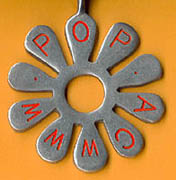
MARKUS DIEHL
KUNST
MIT AUFKLEBERN
AUS DEN 80-ER UND 90-ER JAHREN
ABFALL
RECYCLING
CO2 NEUTRAL
NACHHALTIG
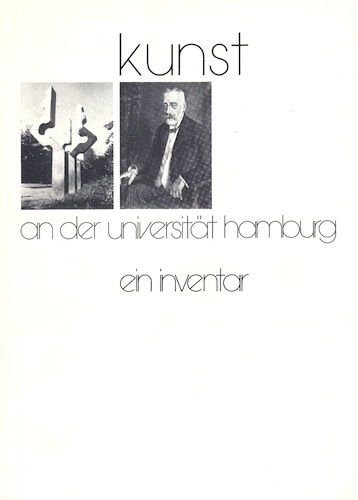
ISBN 3-927244-00-7
Markus Diehl (Künstlername: ART COLLART) wurde
1957 in Frankfurt a.M. geboren. Nach 1982 studierte
er Medizin; fünf Jahre später begann er mit der künstlerischen
Produktion in der von ihm so benannten "ART COLLE", die sich
"definiert durch Aufkleber, die auf Platten geklebt werden"
(Markus Diehl in: ART COLLART präsentiert ART COLLE).
Diehl, der seine Arbeiten in seinem
"Hamburger Betriebsbüro" zeigt,
arbeitet mit Künstlern in Paris, Barcelona,
Las Vegas und Madras (Indien) zusammen.
Kunstgeschichtliches Seminar der Universität Hamburg
1986/1987
PROF. DR. KLAUS HERDING 1987
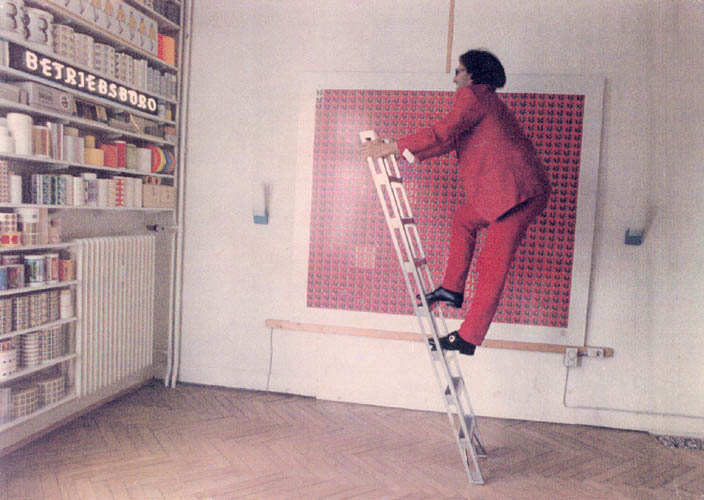
FOTO BY JMS
MARKUS DIEHL 1989
MODERNE KUNST MADE IN GERMANY
HAMBURGER BETRIEBSBÜRO
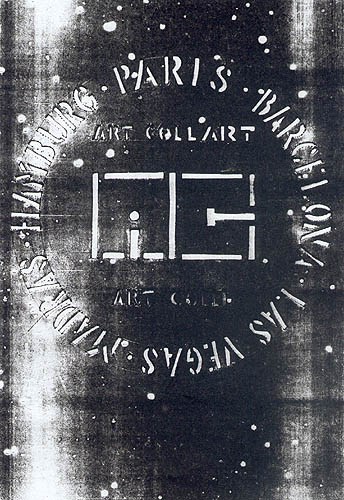
AC
ART COLLART
ART COLLE
HAMBURG
PARIS
BARCELONA
LAS VEGAS
MADRAS
documenta 9, Kassel
International Herald Tribune
Saturday-Sunday, June 27-28, 1992
'Documenta' : Missing Edge
By DAVID GALLOWAY
KASSEL, Germany - High-speed intercity trains now arrive and depart from a sleek,
post-modern station at Kassel-Wilhelmshöhe that reflects the new geographical realities
of a reunited Germany. The original Hauptbahnhof, or central station, is little more than
a decaying relic of the city's blemished past - the forlorn survivor of Allied bombings
that flattened this administrative center of the Third Reich, with its strategic munitions
factories. No sooner had the city begun to rebuild than the Cold War reduced it to a
frontier outpost within the shadow of the East German border.
What rescued the ugly duckling from obscurity was an exhibit entitled "documenta."
In 1955 the half-ruined Fridericianum - Europe's first public museum - temporarily
housed works by 148 artists whose avant-garde spirit had been ruthlessly suppressed
by the Nazis. With the second "documenta" in 1959, the show had become far more
than an attempt to bridge the gulf of the tyrannical past; it provocatively hoisted the
banner of artistic freedom close by the Iron Curtain. And if "documenta" would soon be
known as the most important show of international trends and isms, the political
dimension was never lost on municipal, state and federal authorities who jointly funded
the event.
Not surprisingly, many "documenta" watchers expected the current installment to reflect
the ideological realignments that have once more placed Kassel at the center of the
republic. In fact, East European artists are conspicuously underrepresented here, and only
a single participant from former East Germany - the quirkily inventive, technically
virtuoso Via Lewandowski - has been included. And even if Third World contributions are
more substantial than ever before, there remains the uncomfortable feeling that this show
of shows has once more crystallized around the familiar Cologne-New York axis.
Among the few works to reflect on the reshaping of Europe is one that most
visitors are sure to miss. Situated at the derelict Hauptbahnhof, the work of
Art Collart (a.k.a. Markus Diehl) is part of the city's extensive parallel cultural
program but not an official part of "documenta." Collart, who works exclusively
with paste-ups of labels and stickers, has created a vast collage entitled
"Honecker's Supermarket," using labels from a defunct East German product
called Kunsthonig, which translates both as "art honey" and "artificial honey."
It also recalls Honecker's own disparaging nickname: "Honnie." Collart's
collage is a provocative work: colorful, witty, irreverent and symbolically
stranded in an obsolete building, over the entrance to an empty waiting room.
Though he is officially included in Kassel's "unofficial" roster of events, there
were no funds for transporting Collart's billboard-sized work. He hitchhiked
with it from Hamburg, where a Korean trucker obligingly gave him a lift.
It is an odd footnote to a "documenta" that bristles with superlatives: more than 1,000
works by nearly 200 artists from 38 different countries occupy 12 buildings and 30 open-
air venues. Not counting construction costs for a handsome new exhibition hall,
"documenta 9" boasts a budget of 16 million Deutsch marks (about USD 10.2 million).
(This does not include the donations of private sponsors who, for the first time, have
been permitted to wed their logos to that of the show.) A total of 600.000 visitors are
expected to visit Kassel's unique "Museum of 100 Days" before it closes Sept. 20.
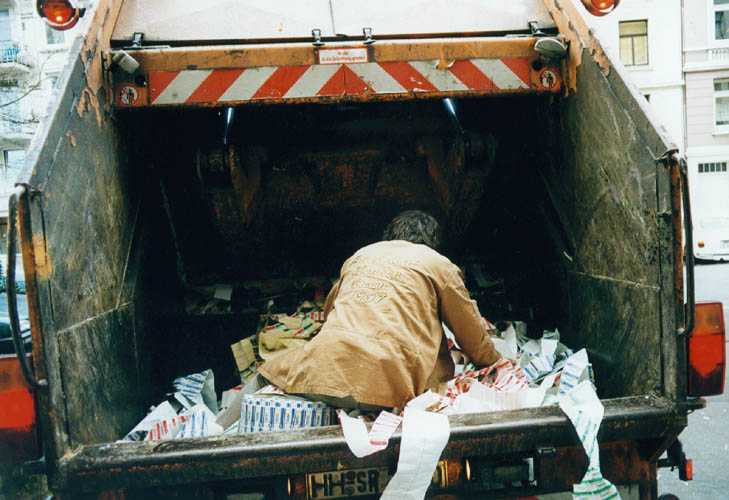
MARKUS DIEHL 1997
RECYCLING STICKERS
HEGESTRAßE HAMBURG
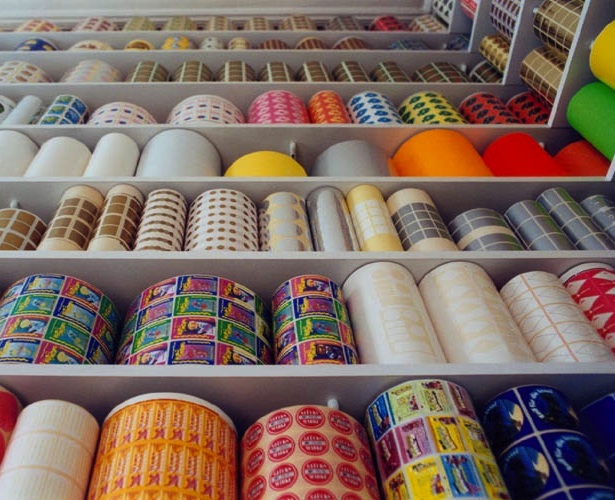
ATELIER 1998
RECYCLED STICKERS
POP-TEMPLE HAMBURG
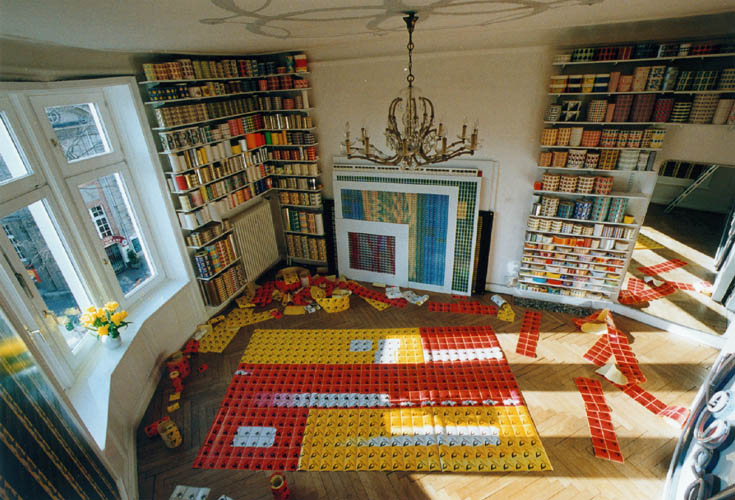
ATELIER 1998
KUNST MIT AUFKLEBERN
POP-TEMPLE HAMBURG 1998
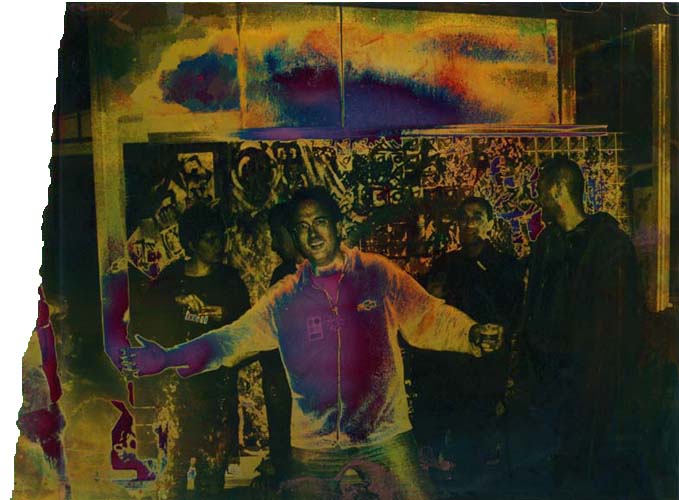
FOTO BY VALENTIN MARIA, PARIS
MARKUS DIEHL AKA ART COLLART, SSOCAPI SQUAT PARIS 1998
KLEBEN UND KLEBEN LASSEN - unter diesem Aufruf verbindet 2003 der
Künstler POP.AC die Retro-Essenzen der sozialen Plastik von Joseph Beuys mit
der Repro-Maschinerie der Pop-factory von Andy Warhol.
Die zumeist mit trivialen Botschaften versehenen PVC-Aufkleber werden bei
POP.AC zu einem Signet der Vermassung als Metapher für unsere Kultur und der
sie begleitenden (verschwindenden) Inhalte und werden wiederum einem
höheren Sinn zugeführt. Solches gelingt dem Künstler erfrischenderweise, ohne
sich lange mit peinlichen kulturkritischen Ermahnungen aufzuhalten. So
symbolisieren die Kleber bei POP.AC die Integrierung des Einzelnen in der
Masse; und mal wird das Individuum ausgelöscht, mal wird der Einzelwert des
Einen herausgestellt.
Dieses Spiel überträgt der Künstler POP.AC von seinen Aufklebern auf seine
Mitmenschen, indem er sie auffordert, selbst zu Mitklebern zu werden. Seit der
Entdeckung der subatomaren Quantenunschärfe von Heisenberg wissen wir,
daß wir in einem kohärenten Universum (k)leben, in dem Alles mit Allem
irgendwie zusammenklebt. Darum : LET'S STICK TOGETHER !!!
HANS HUSHAN, QUICKBORN 2003
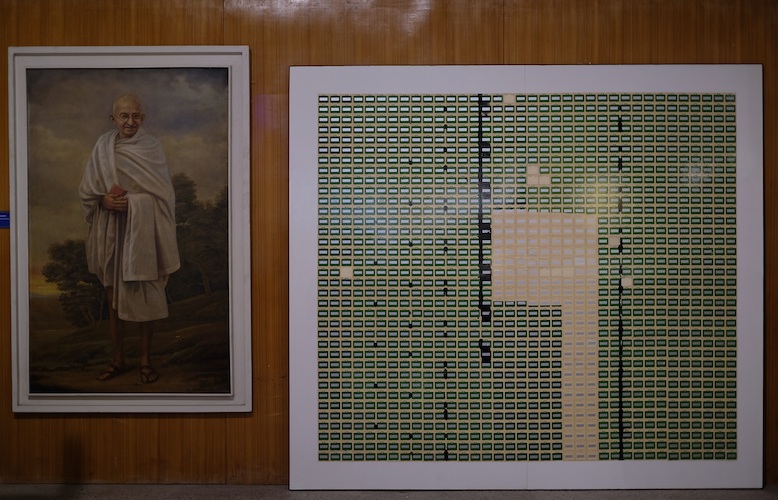
MARKUS DIEHL AKA POP.AC
MADRAS - BIRTH OF A MEGACITY. 1991
183 x 204 cm
36 x 36 = 1296 STICKERS
MADRAS GOVERNMENT MUSEUM
EGMORE
CHENNAI INDIA 2018
|